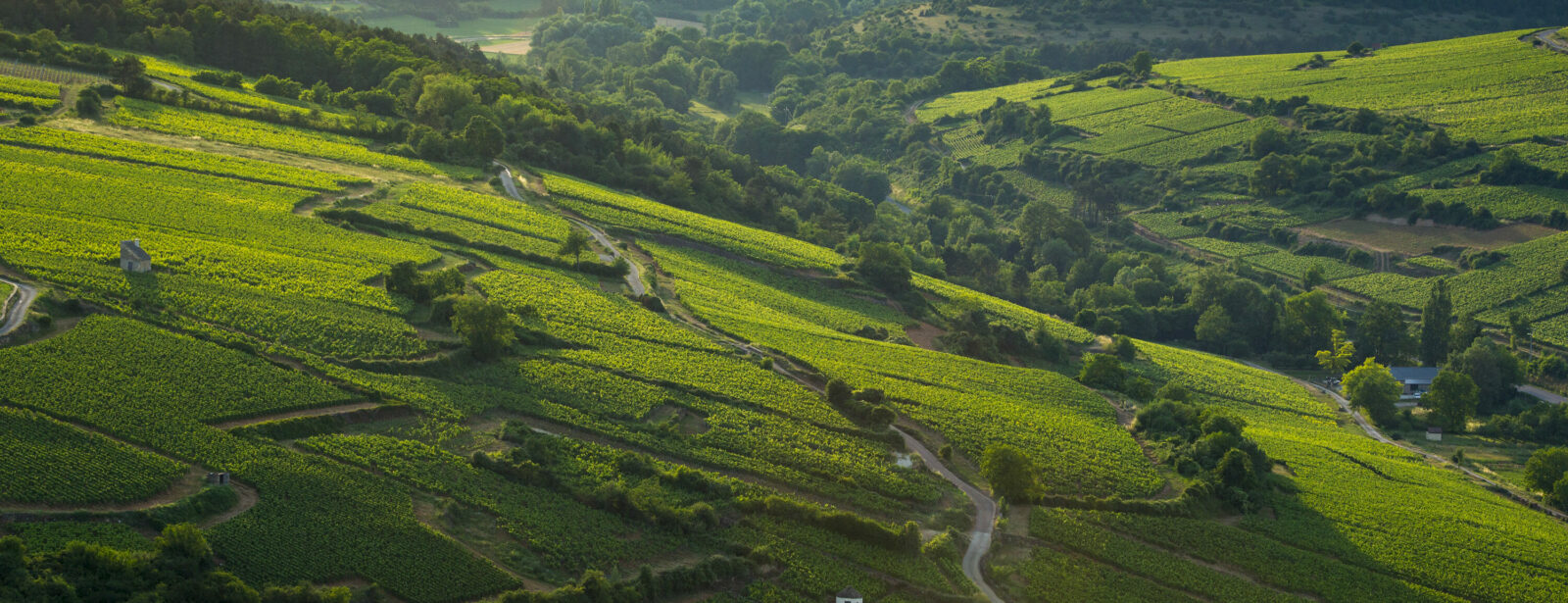Pommard
1er Cru Rugiens


The season begins with a mild and dry winter, leading to an early start to the growing cycle. A significant episode of frost occurred on the Chardonnay on April 5 then on the Pinot Noir on April 14, causing a harvest loss (30% to 50%). A cooling at the beginning of June leads to capricious flowering. This causes runoff and further reduces yields while concentrating the aromas. The hot summer induces water stress in certain places which delays the maturity of the grapes. Because the berries are small and few number, the sugar level in the grapes is naturally high but the lack of water helped maintain good acidity.
Vineyard
Often mentioned in the exclusive circle of les Grands Crus, it remains a wine of reference considered as one of the best in Côte de Beaune. Next to Volnay, its South-East exposure is perfect, its slight slope gives optimal maturity to Pinot Noir. The brown limestone and scree-covered soil is perfectly suitable for this varietal. This terroir produces worth keeping, powerful and well-structured wines. Our cuvee is vinified from Rugiens Haut and Bas. (upper and lower parts).
Wine-growing method : Sustainable
Harvest : 100% manual
Sol : Calcareous clay



Vinification
100% Pinot Noir
100% destemmed grapes
Alcoholic fermentation in open vats: 17 days
17 months (whose 5 months in stainless steel tank)
100% oak barrels (whose 30% of new oak barrels)
13,5% vol.
Tasting
Tasting note
The most famous terroir of Pommard in which one earthy, gamey, black fruit and undergrowth aromas are generally found. The palate is powerful and fleshy with tannins rounder after a few years of ageing. A wine worth keeping.
Food pairings
Ideal with red meats cooked in sauce, game animals, eggs called "oeufs en meurette" and most cheeses.

temperature
17-19°C

2022-2034
